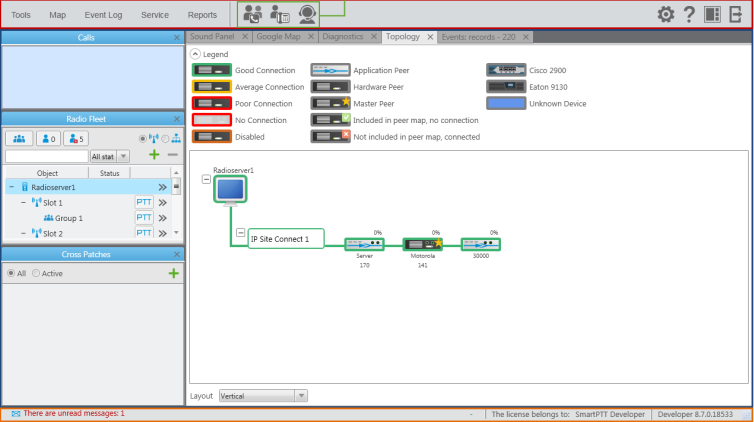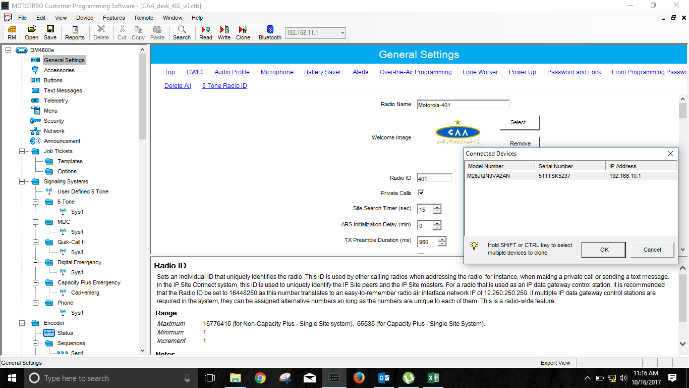Overview
A Two Way Radio system (TWR) is a security system installed in airports to provide secure and smooth communication facility to the airport staff and security personnel. TWR provides both voice and data communication channel within the airport periphery. Apart from airports, a TWR System can also be used in shopping malls, large corporate buildings, stadiums, construction sites etc.
Generally following are the salient features of any TWR System:
- Improve safety throughout the workplace with the provision of emergency alert features
- Connect with staff anywhere in the field with continuous and unbroken communications
- High capacity
- Increase efficiency with smarter applications
- Channel grouping to perform separate communication simultaneously
Two Way Radio System includes core equipment i.e. Repeaters, Cavity Combiners, Duplexers, Splitters, Indoor Antennae, Omnidirectional Outdoor Antennae and software tools to manage & monitor e.g. SmartPTT & RDAC.
Our Expertise
Acrux Technologies has the ability to install, configure, maintain & operate Two Way Radio System. We specialize in Motorola TWR systems. Key components of Motorola TWR are as follows:
- Repeaters MOTOTRBO SLR8000
- Cavity combiners
- Power Splitters
- Digital radios DP4800e & DM4600e
- SmartPTT and RDAC
Core Components of TWR
Repeater MOTOTRBO SLR8000
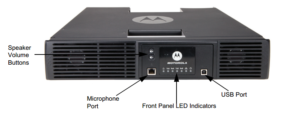
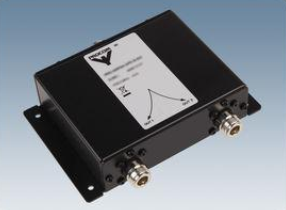
Cavity Combiner
Power Splitters
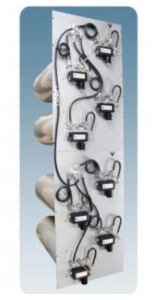
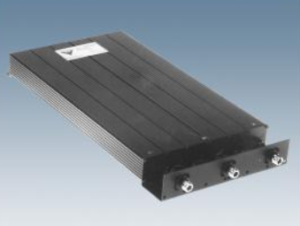
Duplexer
6-Cavity Base Station Duplexer for the 160 MHz BandThis filter type uses enlarged (40 x 40 mm), full quarter-wavelength cavities with silver-plated, temperature compensated resonator elements. The high Q’s obtainable in these cavities enable the filter to work with very narrow duplex spacing while at the same time keeping low insertion losses. Further, duplex isolation is improved at medium spacing.
The enlarged dimensions also improve the power-handling capability of the filter as insulation distances at high voltage points are increased, and the inevitable power dissipation (which always will be present though insertion loss is kept to a minimum) will be distributed over a larger area. The filter is capable of working continuously at a power level of 150W.
Indoor & Outdoor VHF Antennae
Procom XCPI 160 RHCP Indoor Antenna: 14 Right hand circularly polarized single band antenna which operates in frequency range of 144-175 MHz
Procom CXL 2-3 Outdoor Omnidirectional Antenna: This antenna is especially developed for the base station and maritime VHF band and it is used when more gain is required than obtainable with standard ½ λ dipoles
CXL 2-3 is broad-banded, having a good SWR on the RX-frequencies as well as on the TX-frequencies.
A conical glass fiber tube completely encloses the carefully designed radiating element to ensure long dependable service in all climates.
Digital Mobile & Portable Radio
Handheld radios DP4800e & Desk radios DM4600e are used in trunk-mode for mobile operations with the coverage provided by the above mentioned repeaters. The system allows group calls and direct single calls (Private calls) between authorized terminals.
Software Tools: SmartPTT, RDAC & CPS
Repeater Diagnostics and Control (RDAC) allows a system administrator the ability to monitor and control repeaters within the system. The following services are provided:
- Read Analog/Digital Status
- Read Wide or Local Area Status
- Read Transmit Power (High or Low) Status
- Read Available Channels (including currently selected)
- Read Inbound RSSI
- Change Enabled or Disabled Status
- Change Channels
- Change Transmit Power Level (High or Low)
- Reset Repeater
- Knockdown Repeater
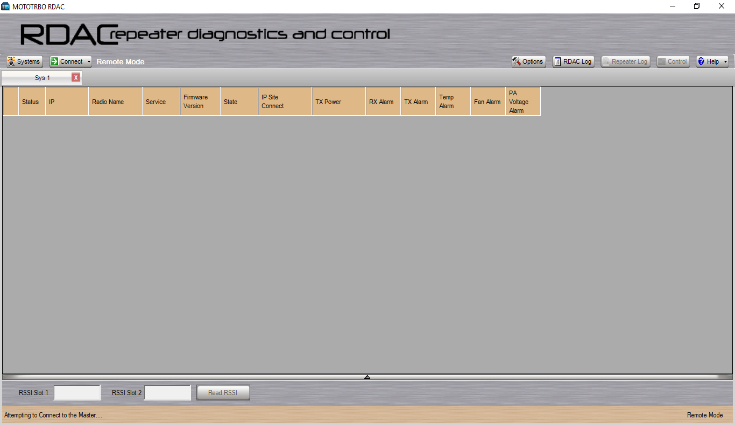
Motorola Customer Programming Software (CPS), to program Motorola Handheld Radios, Desk Radios & Transceivers by simple read/write commands to download the code plug into Radio.
SmartPTT software consists of SmartPTT Dispatch Console and SmartPTT Radio server. SmartPTT Dispatch Console is a client software application that is installed on a PC. The PC is connected to radio servers over the Internet or dedicated IP-channels and can be located at any distance from the controlled networks. SmartPTT Radio server provides an interface between radio network subscribers and dispatch consoles, and also implements some functionality of the system: interface to radio network via base stations or via IP-connection to the radio repeaters, telephone interconnect, email gateway, configurable operator profiles to limit their access to the system.
